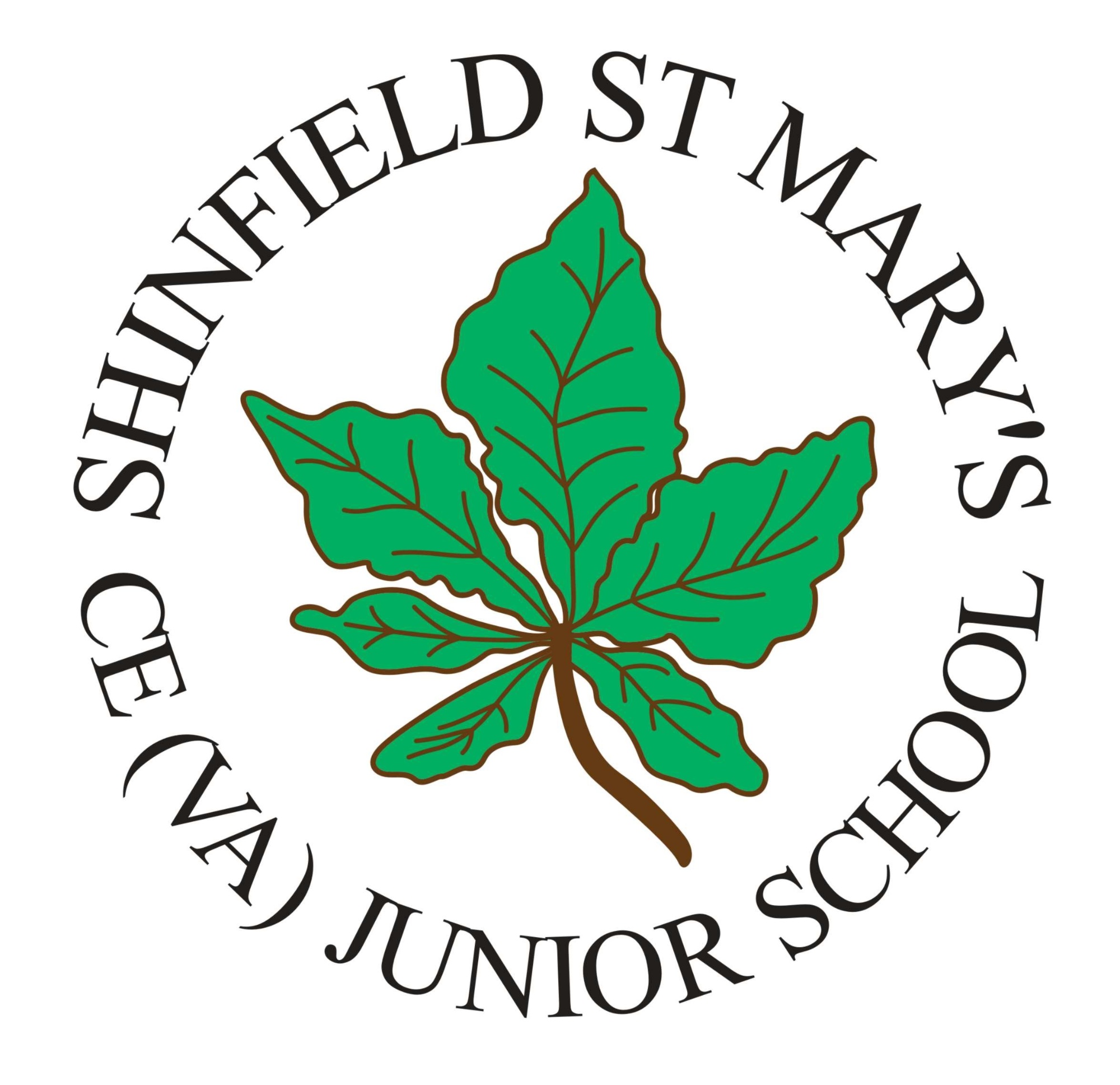2. Implementation
English is taught discreetly in daily lessons and interwoven across the curriculum with meaningful learning links. Oracy is developed across all subjects and is modelled and rehearsed through lessons and showcase events where children present to peers.
Reading and phonics
Literacy researcher Hollis Scarborough created a metaphor for explaining the complex processes involved in reading. She described reading by comparing it to the “strands of a rope.” All the components, or “strands,” together form what Scarborough calls “skilled reading.” Skilled reading happens when students are able to read text fluently while simultaneously comprehending it. In other words, the different parts of the rope work in tandem when a person is able to accurately and automatically read a text and understand it fully. There are two main strands, Language Comprehension and Word Recognition, that are woven together.

Language comprehension at Shinfield St Mary’s is taught in daily English lessons, using carefully chosen, rich and diverse texts and across the curriculum with meaningful and concrete links to provide background knowledge and vocabulary. We are a voice 21 Oracy school and as such use approaches to empower all children and young people to use their voice for success in school and in life. We know that spoken language skills are one of the strongest predictors of a child’s future life chances so we provide opportunities to explicitly and purposefully develop these crucial skills. We use the accelerated reader scheme to develop children’s skills as readers and develop a passion and enthusiasm for reading as children have ownership of the books they choose. Comprehension of the texts children have read are monitored through a quiz system and also a star reader quiz assessment to ensure children are suitably challenged in their zone of proximal development. In addition, guided reading sessions or reciprocal reading sessions in all year groups focus questioning on the key skills necessary to fully understand the text (e.g. retrieval of information, inference and summarising). With the availability of the linked online library MY:ON, children can extend their reading matter beyond our library to thousands of quality Fiction and NonFiction texts from their desks or their home.
Word recognition is taught through a systematic, synthetic approach to teaching phonics for the children who need support to access reading. Following on from our feeder school, we are implementing a consistent provision from Little Wandle ‘Rapid catch up phonics’.
Teachers model good reading skills with their class reader and enjoy enhanced events and activities such as world book day. Reading is celebrated across the school with bright colourful displays, a well-stocked library with dedicated and enthusiastic librarians, personal targets linked to Accelerated reader word counts and exciting reading rewards such as the book vending machine.
Writing, including grammar punctuation and spelling
It is our aim that children enjoy and understand the writing process, and we support our teachers' planning and pupils' written work, with principles from ‘The Write Stuff’ developed by Literacy specialist Jane Consadine. Teachers develop children’s writing with high quality model texts, sentence stacking, experience days and exploration of vocabulary, grammar and writing for purpose. Units of work are sequenced in the key elements of planning, writing, editing, redrafting and publishing. This enables our writers to produce high quality work which is coherent and ambitious which is modelled and scaffolded to empower all children to be writers. Children are exposed to a wide variety of genres and text types with a balance of fiction, non-fiction and poetry.
We identify children who need support and provide intervention in the most appropriate way for the individual. This can be using a range of resources such as Nessy, Looking and thinking comprehensions and additional ‘Rapid catch up phonics’ support.

